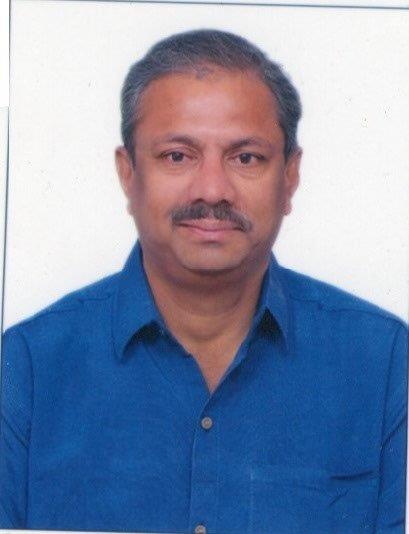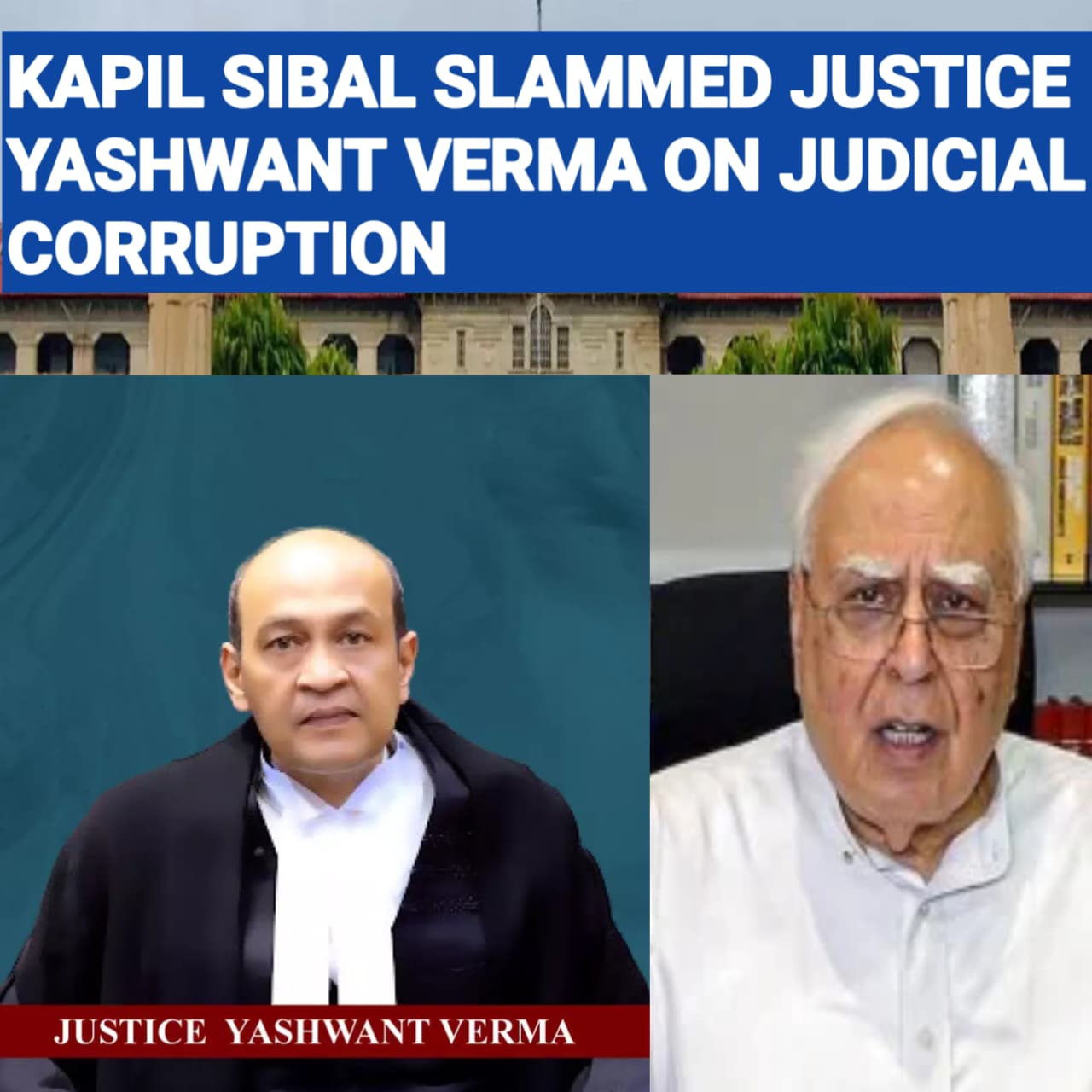The recent transfer of Justice Yashwant Varma from the Delhi High Court back to the Allahabad High Court has stirred an intense debate on judicial integrity and transparency in India. This decision, driven by the discovery of unaccounted cash at Justice Varma’s official residence following a fire incident, has led prominent figures such as senior advocate and Rajya Sabha MP Kapil Sibal to express serious concerns about corruption in the judiciary.
The Incident and Its Immediate Aftermath
On March 21, 2025, a fire broke out at the official bungalow of Justice Yashwant Varma in Delhi. During the ensuing investigation, authorities reportedly unearthed a large amount of unaccounted cash at the premises. This discovery raised immediate questions regarding the source and legitimacy of the funds, casting a shadow over the image of the judiciary.
In response, the Supreme Court Collegium recommended the transfer of Justice Varma back to his parent High Court in Allahabad, a move seen by some as a measure to maintain judicial propriety.
The discussion about asking Justice Verma to resign was also reported. In case he refuses, some members proposed that the Chief Justice could commence an internal inquiry, which would be the first stage in the possible removal by Parliament. In 1999, the Supreme Court instituted guidelines to address allegations of corruption, misconduct, and judicial misdeeds concerning judges of the Constitutional Court.
Kapil Sibal’s Concerns about Judicial Corruption
Reacting to these developments, Kapil Sibal expressed profound concern over the state of the judiciary. He stressed that corruption in the judicial system is a grave matter that undermines public trust and the rule of law. Sibal’s remarks emphasize the urgency for introspection and reform within the judicial appointment and oversight mechanisms to prevent the recurrence of such incidents.
The Call for Transparency in Judicial Appointments
The incident has reignited discussions about the prevailing process of judicial appointments and transfers in India. Currently, the Collegium system, comprising the Chief Justice of India and senior Supreme Court judges, holds considerable authority over these decisions.
Critics argue that this system is devoid of transparency and accountability, potentially letting biases and unchecked discretion to influence crucial appointments. The demand by Sibal for a more transparent process echoes with these concerns, suggesting the need for reforms that combine broader checks and balances.
Legal Provisions for Judicial Accountability
The Indian Constitution provides mechanisms to address misconduct within the judiciary. Article 124(4) outlines the procedure for the removal of a Supreme Court judge, which includes:
- Presidential Order: A judge can be removed only by an order of the President.
- Grounds for Removal: The removal must be based on proven misbehavior or incapacity.
- Parliamentary Approval: This order must be passed after an address by Parliament, confirmed by a special majority—specifically, a majority of the total membership of each House and a two-thirds majority of members present and voting.
While these provisions are in place for Supreme Court judges, similar processes apply to High Court judges, ensuring that allegations of misconduct are thoroughly examined and addressed.
Broader Implications and the Need for Reform
The controversy around Justice Varma’s transfer is not an isolated incident. It reflects systemic challenges within the judiciary that demand comprehensive reforms. The absence of transparency in judicial appointments, limited mechanisms for accountability, and instances of alleged misconduct have collectively eroded public confidence.
To restore faith in the judicial system, several measures must be considered:
- Establishing an independent oversight body: Creating an autonomous commission to oversee judicial appointments and transfers could mitigate biases and promote merit-based selections.
- Enhancing Transparency: Making the criteria and deliberations of the Collegium public could lend transparency to the decision-making process and build public trust.
- Strengthening Accountability Mechanisms: Implementing robust procedures to investigate allegations against judges while ensuring their independence can deter potential misconduct.
Conclusion
The transfer of Justice Yashwant Varma has highlighted critical issues in India’s judiciary. Kapil Sibal’s sincere remarks serve as a clarion call for introspection and reform. Addressing these challenges is imperative to maintain the sanctity of the judiciary, ensure justice, and preserve public trust in one of democracy’s pivotal institutions.
About Author

Ananda Murthy JS is an English teacher in Hyderabad. His teaching experience spans more than 30 years, which includes his stint as an IGCSE teacher in the Maldives, lecturer in English for Intermediate students, writer and editor/language specialist, and IELTS, GRE and TOEFL trainer. He also provides English coaching to students appearing for CAT, IELTS, GRE and TOEFL privately in Hyderabad. Ananda has proficiency in editing SWOT analyses, market forecast and other reports, conducting Effective English sessions, and imparting training in Business English. He also write business blogs, key word dense articles and original articles on various topics.

